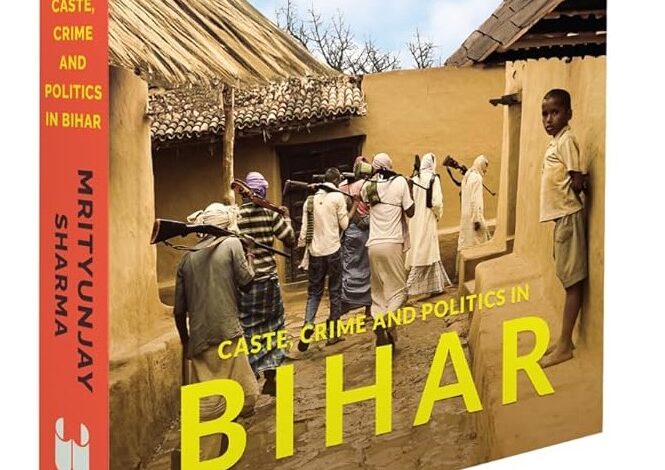‘Broken Promises’: An engaging and meticulous take on Bihar’s socio-politics
Book delivers an engaging account on the transformation of Lalu Prasad Yadav

The concoction of crime, caste and politics in Bihar continues to inspire myriad adaptations on celluloid. Books have also been written on the socio-political narrative of Bihar. However, the recently released title, ‘Broken Promises – Caste, Crime and Politics in Bihar’ written by social activist Mrityunjay Sharma stands out in terms of gripping storytelling in chronicling the dark phase of the state from 1990-2005, the phase which has gone down in history as ‘jungle raj’.
‘Broken Promises’ in a way reflects a sigh of dismay and disenchantment which people from the state can relate to and rightly so, as Bihar was once the hub of knowledge, culture and governance. Bihar was home to Nalanda, perceived to be the oldest university in the world. The Mauryan empire, the first empire to rule the major part of the Indian subcontinent, originated from the west-central part of Bihar. Cut to reality. Sharma describes in the preface an incident where one of his classmates went hemming and hawing to say that he is from Chhapra, Bihar, describing the modern-day stigma attached to being called a Bihari.
After setting the context with an interesting narration on charismatic leader Jaiprakash Narayan’s Sampoorn Kranti movement, Mandal Commission Report ramification, Mandal versus Kamandal politics and political instability following the JP’s movement, Sharma goes on to dissect the jungle raj dubbed by him as “one of the most controversial in the in the history of any state in independent India” through the lens of gross misuse of power, caste wars, politician-criminal nexus, nepotism and corruption.
The book delivers an engaging account on the transformation of Lalu Prasad Yadav, one of the prominent leaders from the JP’s Total Revolution. Sprinkled with anecdotes, Sharma traced his journey from riding a bicycle from his servant quarters at the veterinary college to the secretariat to his efforts to justify the use of state helicopter for electioneering – Hum chief minister hain, paidal chalenge kya (I’m the chief minister, will I walk?”
While he emerged as the messiah of the minority by arresting L K Advani during the Rath Yatra in 1990 and the hero of the marginalised by stern implementation of the Mandal Commission report, the rise of Lalu set the stage for Bihar’s further downfall. “Lalu carefully crafted a social coalition in the five years of his premiership, which was based more on the call of social justice and dignity than development,” the author observes. While describing “Lalu’s indiscriminate use of caste polarisation to consolidate his voter base”, Sharma writes, “caste armies had come up in all corners of the state and affiliations with them were flaunted with pride.”
The chapter ‘The scam that shook India’ is a brief recap on the fodder scam which signalled the downfall of Lalu and the end of his aspiration to become the Prime Minister. While the scam has been discussed too often in books and articles, Sharma is able to carry it with his storytelling as an important link in the Bihar’s story.
The book has a section called ‘Caste Wars’ which delve deeper into the origin of caste wars, the evolution of private armies and chilling details of some of the massacres such as those of Barra, Senari and Laxmanpur Bathe. While sometimes it becomes hard to follow in terms of numerous names of people and places, it also seems necessary to explain the complexity of caste rivalries and how it reached such gruesome proportions.
The chapters called ‘The Balkanisation of Bihar’ and ‘The Unique Crime Industries of Bihar’, talk about the rivalries of Bahubalis in various parts of Bihar, the crime syndicates, and unique organized crimes of kidnapping, paper leaks and extortion. Sharma’s depiction of Pappu Yadav, Mohammad Shahabuddin, Anand Mohan and rampaging Ranvir Sena is reminiscent of the tumultuous phase of Bihar. Sharma’s sleek storytelling keeps one engaged.
In the post-jungle raj era, Nitish Kumar showed rays of hope. However, Bihar is plagued with recurring crises. Despite witnessing breakdown of grass-root democracy, lacklustre performance in human development index parameters, one of the lowest literacy rates in India, Bihar shines as state with “one of highest success rates in the civil services exams.” Sharma makes a commendable effort in decoding the puzzle called Bihar.
Source: The Times of India

